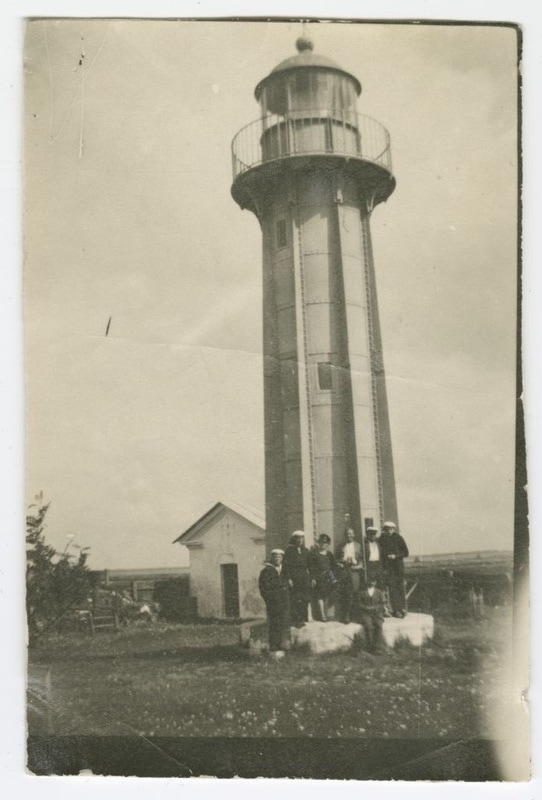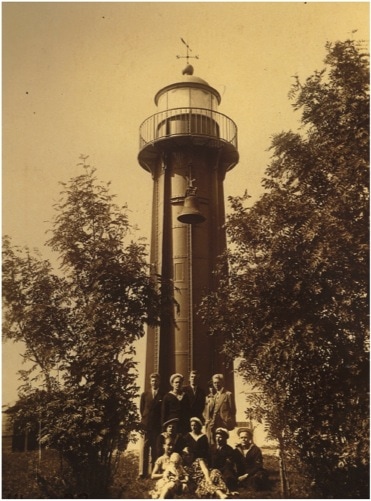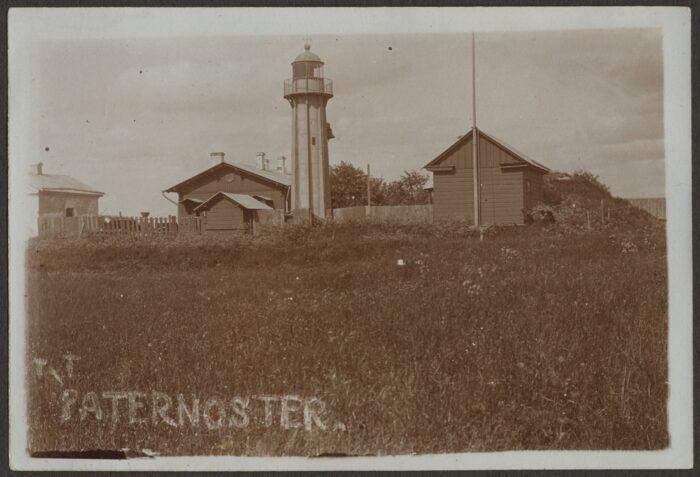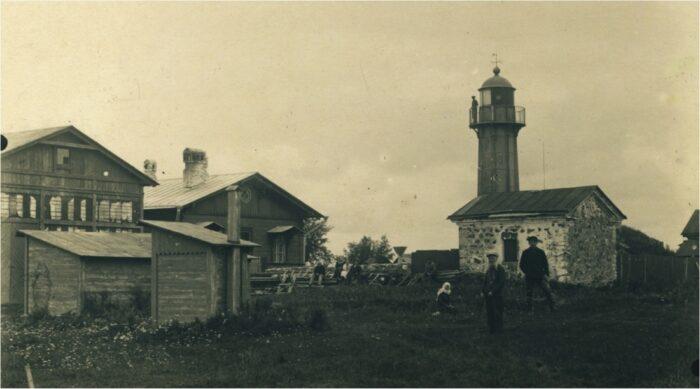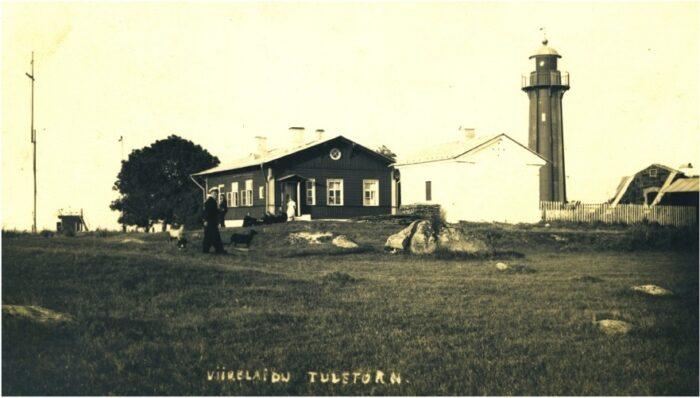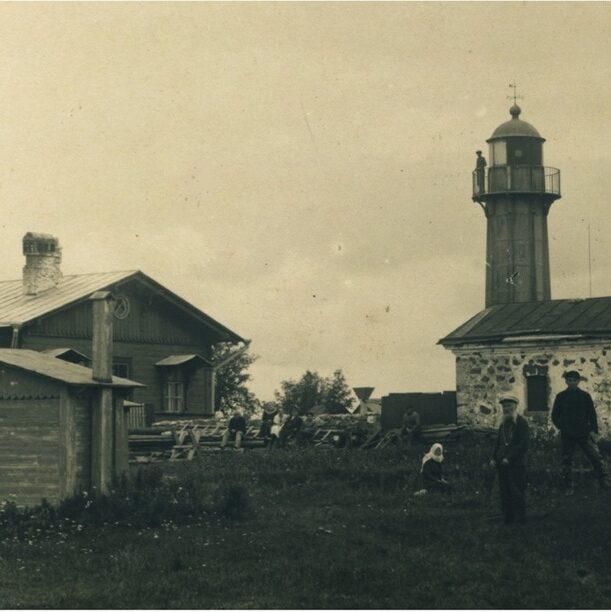History
Viirelaid, formerly named Paternoster
Viirelaid – historical name Paternoster (“Our Father” in Latin).
- Mentioned for the first time in 1556
- Location: Muhu Rural Municipality, Saare County
- Area: 81 hectares
- Distance from mainland/big islands: 3.9 km from Kuivastu; 4.1km from Virtsu
- Number of residents: 0
Residents of the island have been lighthouse keepers and other related staff. Viirelaid is a well-known landmark to sailors, showing those coming from the south the way to the Väinameri via the Viire Kurk Strait. When entering Viire Kurk Strait, located between the Islet of Viirelaid and Virtsu Peninsula, it was a tradition in the old days to recite the Lord’s Prayer.
According to the latest information, the first desperately needed navigation marker (bright red tower) first stood on Paternoster islet in 1836. A new wooden tower was built in 1857.Since the wooden tower required frequent repair, it was decided to build a new metal tower.In 1880 construction began on the tower, the watchman’s house, and thesauna and fuel storage. The complex was completed in 1881.The 10.5 metre high tower made from boilerplate was comprised of two cylinders, in between which a spiral staircase was installed, which also served to reinforce the structure.The Viirelaid lighthouse is the oldest known metal lighthouse in Estonia.
After World War II, support strips and cast iron braces were removed from the heavily damaged tower, and the tower was encased in a 10-12 cm thick concrete shell.The lighthouse was renovated in 2002.Today, the lighthouse at Viirelaid is a cylindrical metal tower with a red lantern room and balcony.
